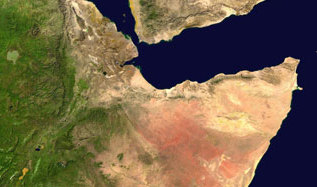PBS: Escaping Eritrea … [Read More...] about ካብ ውሽጢ ቤት ማእሰርታት ኤርትራ
The Sixties and Red Africa: the decade of searching for African utopias
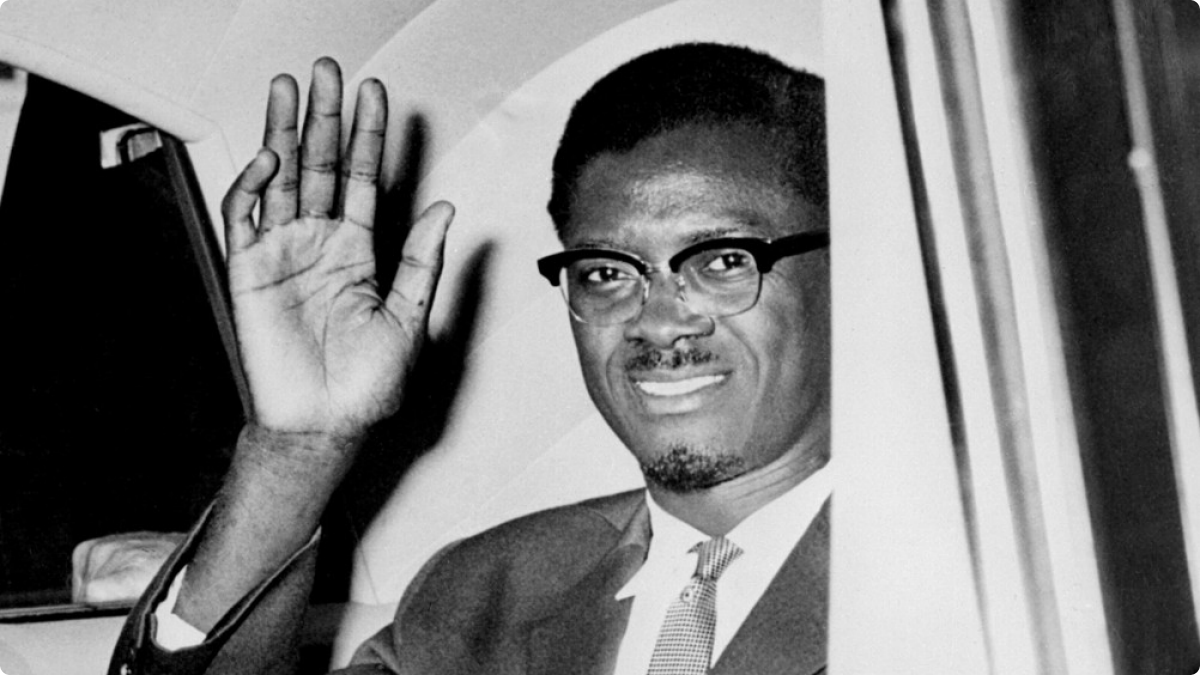
Gerard McCann |
Congo’s first democratically elected prime minister Patrice Lumumba was a celebrity in Yugoslavia. Lumumba’s execution in 1961 caused such outrage that the Belgian embassy in the Yugoslav capital Belgrade was ransacked.
Yugoslav leader Josip Tito was himself a regular visitor to Africa – he went to Gamal Abdel Nasser’s Egypt 20 times. Tito’s aim was to consolidate the socialist friendship sweeping through the 1960s.
Such connections in the 1960s-70s and their contemporary legacies are revealed in two striking recent cultural seasons: “Red Africa” at the Calvert 22 in London and “The Sixties – A Worldwide Happening” in Amsterdam’s Tropenmuseum.
“Red Africa” was centred on the “Things Fall Apart” exhibition and accompanying special report of the Calvert Journal. It focused on relations between Africa, the and related socialist countries (1960s-80s). It did so via art, film, photography and architecture.
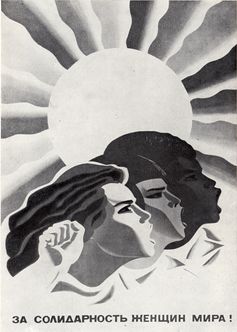
“The Sixties” and its book was more catholic. It foregrounded the non-Western history of this most iconic liberation era. Through fashion, art and music it stressed the promiscuous connections that pulsed across the world.
Warm clasp of friendship
One particular idea shone through both exhibitions for me: the importance of globally entangled utopianisms for Africa. It was such thinking that embroidered the martyr icon of Lumumba and conditioned the warm clasp of Tito’s hand of friendship.
Utopianism is the imagination and exposition of a society that does not exist. (“Utopia” derives from the Greek “no-place”.) But it has intrinsically more desirable qualities than what persists in reality.
From philosophers like Thomas More to William Morris, the purpose of utopian expression has been to critique existing societies and ideologies. Utopianism gives collective purpose to build a better future, to emphasise the ethical or practical shortcomings of the status quo.
For independent Africans in an era of new Cold War opportunity, utopianism was not ethereal or naive (as the term is commonly understood). It was steeped in a realist understanding of the trajectory of global power. Utopian thinking created new international friendships and would construct a brighter, very possible postcolonial future.
There hasn’t been enough space for utopianism in the consideration of independent African nations and their foreign relations.
We don’t delve enough into the imaginative lives of Africans struggling to build a postcolonial world. Looking backwards, we have tended to dismiss idealised communities of solidarity. The security of “realism” and dark pall of neocolonialism pervade.
Increasingly, however, pioneers – artists, academics and activists from the progressive world – are seeking out what African citizens dreamed at the buoyant moment of independence and its tumultuous aftermath.
They assess how utopian hopes entangled with wider global currents to build a free future in the 1960s. From the 1970s, utopian expression has creatively criticised the very deficiencies of liberation.
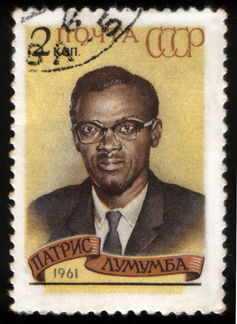
As demonstrated at “Red Africa” and “The Sixties”, art is at the vanguard of such real-world concerns.
‘Red Africa’ and ‘The Sixties’: socialism and optimism
Utopianism was under the surface of “Red Africa”. Behind-the-scenes snaps of Tito’s safaris sat next to the beguiling 2016 film “Our Africa”. Here Russian filmmaker Alexander Markov unravels how Soviet filmmakers recorded the “joyous” expansion of socialism. Footage of African leaders dancing Russian jigs on state tours of the Soviet Union illustrates how propagandists presented the Tanzanian ideology of “” and Africa as integral to world socialist development.
Korean photographer Onejoon Che uncovers the fascinating story of the Mansudae Art Studio. Established in 1959, it aided the construction of macho “socialist realist” African monuments as part of North Korea’s controversial charm offensive.
It was an interesting ride. But “Red Africa” prompted me to think more about how Africans themselves shaped and utilised such utopian internationalisms in those heady days of independence.
A visit to “The Sixties” with our new Afro-Asian Networks research group reinforced the feeling. The collection powerfully evoked a moment of intense optimism and global connection. For example, soul superstar James Brown provided the soundtrack for youth in Mali’s capital of Bamako. It got portrayed in the vivacious photos of the late Malick Sidibé.
We were reminded to take seriously those future-oriented visions of the ebullient and utopian 1960s.
Utopianism in Africa: a necessity?
Utopianism is a particularly neglected prism through which to view Africa’s varied independent landscapes.
Through African literature, which leads the charge, academic Bill Ashcroft argues for the very “necessity of utopia” in Africa. Utopia – “the un-place” – is the key space where ideas of colonialism or catastrophe undermining African people can be challenged. Ashcroft says:
What is remarkable about African literature and cultural production is the stunning tenacity of its hope … conceptions of utopian hope – the ‘not-yet’ – is always a possibility emerging from the past.
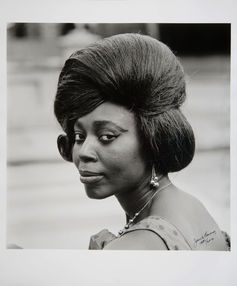
And it was the global entanglement of varied utopianisms that shone through at “Red Africa” and “The Sixties”.
It was bright in the work of Russian artist Yevgeniy Fiks. His collection of Soviet art depicting African and African-American life revealed racism of representation. But Fiks saw, as he explains:
a very complex and contradictory legacy in which there is room for genuine internationalism, anti-racism and solidarity, alongside racial stereotyping and objectification.
That African intellectuals and those in the diaspora found such sanitised images empowering is genuinely important.
In the words of Harlem Renaissance titan Langston Hughes:
Good morning Stalingrad!/ You’re half a world away or more/ But when your guns roar,/ They roar for me —/ And for everybody/ who wants to be free.
Engaging globally connected utopianisms – the un-places; the spaces of hope – is necessary to properly comprehend the intricacies of African decolonisation and independence.
Science fiction
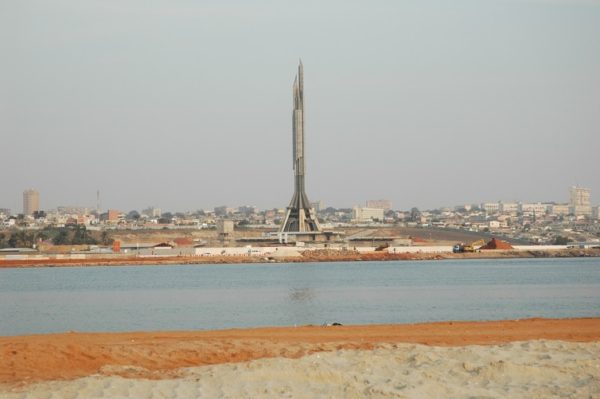
It seemed fitting to depart “Red Africa” in one major arena of utopianism: science fiction.
Angolan photographer Kiluanji Kia Henda’s 2007 installation “Icarus 13: The First Journey to the Sun” presents the “pliable fiction” of an African space mission.
But his images point to something unsettling for Angola, that “magnificent and beggar land”. His utopian critique creates “a memorial to a future that never came to pass”, an indictment of an independence failed.
For Henda, there are two things that are of vital interest for Africa:
the ability to know about and write your own history, and the ability to plan for the future.
Looking to utopianism seems one fruitful route for these enmeshed historical and contemporary civil society agendas. We need, ourselves, to be more utopian perhaps.
